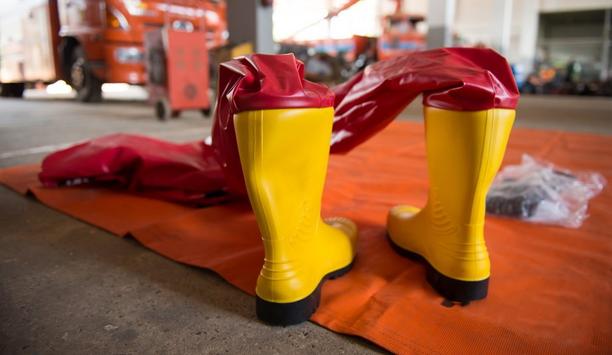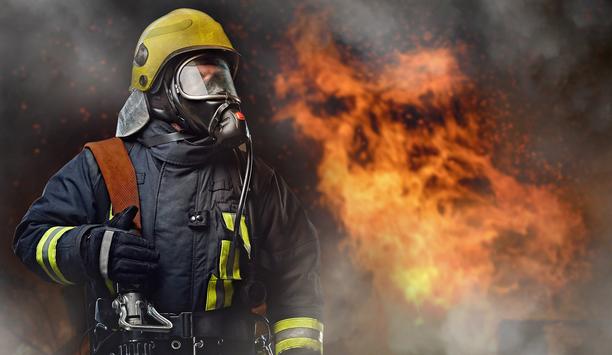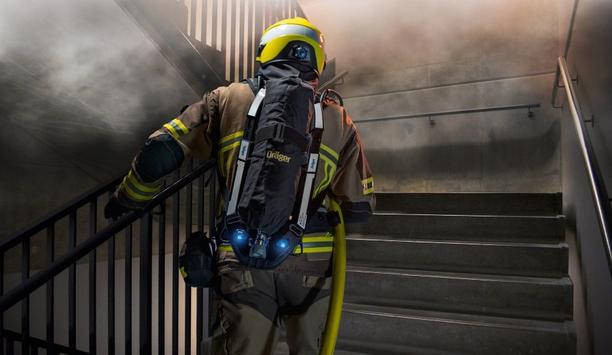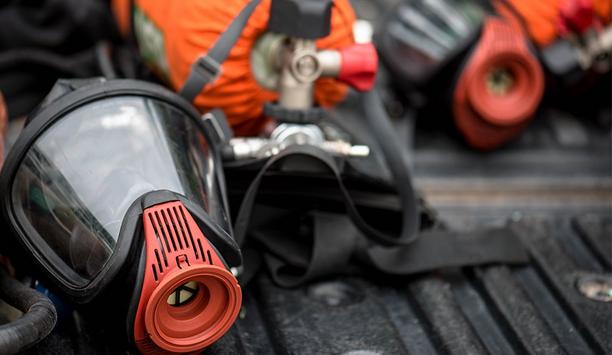Learn how first responders stay safe on the front lines of a pandemic. With states cautiously reopening, many departments are figuring out the best practices for protecting their residents and that means keeping them safe first. This includes more rigorous hand washing and sanitizing, as well as keeping the firehouse and their vehicles cleaned.
This has been especially true for one of the EMS divisions we spoke to out of the Northeast. The agency supplied N95 masks and half-face respirators with P100 cartridges that last up to a year, rather than use disposable masks that have to be replaced often and decrease inventory.
decontamination equipment
This division also spent over a million dollars on decontamination equipment for testing and training. This equipment will test and treat high volume touch points on the ambulance where germs and bacteria can linger, such as the steering wheel, front and back door handles, and the monitor display. The division also disinfects anything that gets handed off between colleagues like radios and CO2 meters. Routine wiping of hard surfaces both on the vehicles and at the station is a must.
The division also disinfects anything that gets handed off between colleagues like radios and CO2 meters
Decon at this department occurs after the transportation of a patient with a communicable disease, after gross contamination with bodily fluids and bloodborne pathogens, and weekly; cleaning and deconning during slow times. They found a method that is safe and effective for them, but it is important to educate one and see what works best for fire apparatus.
Protests
Another challenge for this department has been the recent protests. These protests were very hard to contain, very little social distancing took place, and many people were not wearing masks.
The incubation period for COVID-19 is approximately 2-3 weeks and the EMS director believes this will be a good social experiment to see if there is an uptick in cases in the next couple of weeks due to the large gathering of protestors.
Cleaning procedures
Firefighters must decon after each call and their uniforms are put into a hazard bag before they are allowed back
In a firehouse in the Midwest, their protocol for handling the Coronavirus is a bit different. While there are proper cleaning procedures in place, including constant hand washing and disinfecting of all surfaces at the firehouse, they did not feel the need for high-tech decon equipment. This company already has standards in place for a fire truck and uniform decontamination.
The firefighters must decon after each call and their uniforms are put into a hazard bag before they are allowed back in the truck. This department also has a standing order that they must wear a surgical mask 24 hours a day while on the job and n95 masks on every run. They also received a generous donation of face shields from a local car manufacturer.
Importance of cleaning trucks
As lockdown restrictions loosen up in other states and COVID-related calls decrease, fire departments are also easing some of their stipulations. One firefighter told that cleaning is still of the utmost importance but they are no longer doing deep cleanings of the trucks after each call.
They also no longer have to wear masks on every call like at the beginning of the outbreak, only if COVID-19 is suspected. This includes assault cases, fires, or responding to a call that is outside a business or residence.
But when they do have to wear masks, they were lucky enough to receive department-issued P95 respirators which have the highest rating for permeability. This firefighter told that their biggest challenge is the lack of nebulized treatments out in the field, as many medical procedures and equipment have been diverted to hospitals due to the Coronavirus.
Potential of people going back to work
With the lockdown being lifted, there is always the potential for a spike as more people go back to work, gather in groups, and travel.
All the departments said they are continuously monitoring the ever-changing situation and will make adjustments, as needed, and urged other stations that have questions or concerns to talk to their Chief or Medical Director about any changes.






